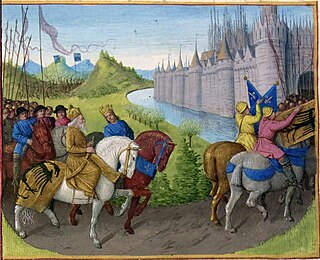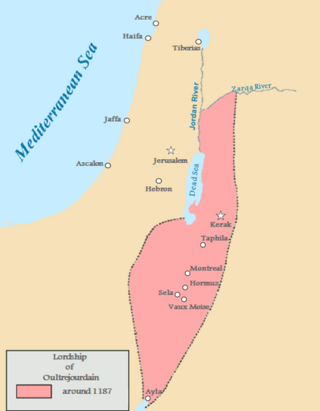The 1160s was a decade of the Julian Calendar which began on January 1, 1160, and ended on December 31, 1169.
The 1170s was a decade of the Julian Calendar which began on January 1, 1170, and ended on December 31, 1179.
The 1100s was a decade of the Julian Calendar which began on January 1, 1100, and ended on December 31, 1109.

Year 1143 (MCXLIII) was a common year starting on Friday of the Julian calendar.

Year 1123 (MCXXIII) was a common year starting on Monday of the Julian calendar.

Year 1147 (MCXLVII) was a common year starting on Wednesday of the Julian calendar.

Year 1152 (MCLII) was a leap year starting on Tuesday of the Julian calendar.

Year 1187 (MCLXXXVII) was a common year starting on Thursday of the Julian calendar.
The 1180s was a decade of the Julian Calendar which began on January 1, 1180, and ended on December 31, 1189.
The 1110s was a decade of the Julian Calendar which began on January 1, 1110, and ended on December 31, 1119.

Year 1119 (MCXIX) was a common year starting on Wednesday of the Julian calendar.

Year 1180 (MCLXXX) was a leap year starting on Tuesday of the Julian calendar.

Year 1158 (MCLVIII) was a common year starting on Wednesday of the Julian calendar.

Year 1176 (MCLXXVI) was a leap year starting on Thursday of the Julian calendar, the 1176th year of the Common Era (CE) and Anno Domini (AD) designations, the 176th year of the 2nd millennium, the 76th year of 12th century, and the 7th year of the 1170s decade.

Year 1167 (MCLXVII) was a common year starting on Sunday of the Julian calendar.

Year 1182 (MCLXXXII) was a common year starting on Friday of the Julian calendar.

Year 1185 (MCLXXXV) was a common year starting on Tuesday of the Julian calendar.

Humphrey IV of Toron was a leading baron in the Kingdom of Jerusalem. He inherited the Lordship of Toron from his grandfather, Humphrey II, in 1179. He was also heir to the Lordship of Oultrejourdan through his mother, Stephanie of Milly. In 1180, he renounced Toron on his engagement to Isabella, the half-sister of Baldwin IV of Jerusalem. The king, who had suffered from leprosy, allegedly wanted to prevent Humphrey from uniting two large fiefs. Humphrey married Isabella in Kerak Castle in autumn 1183. Saladin, the Ayyubbid sultan of Egypt and Syria, laid siege to Kerak during the wedding, but Baldwin IV and Raymond III of Tripoli relieved the fortress.
Humphrey II of Toron was lord of Toron and constable of the Kingdom of Jerusalem. He was the son of Humphrey I of Toron.

The Lordship of Oultrejordain or Oultrejourdain was the name used during the Crusades for an extensive and partly undefined region to the east of the Jordan River, an area known in ancient times as Edom and Moab. It was also referred to as Transjordan.














